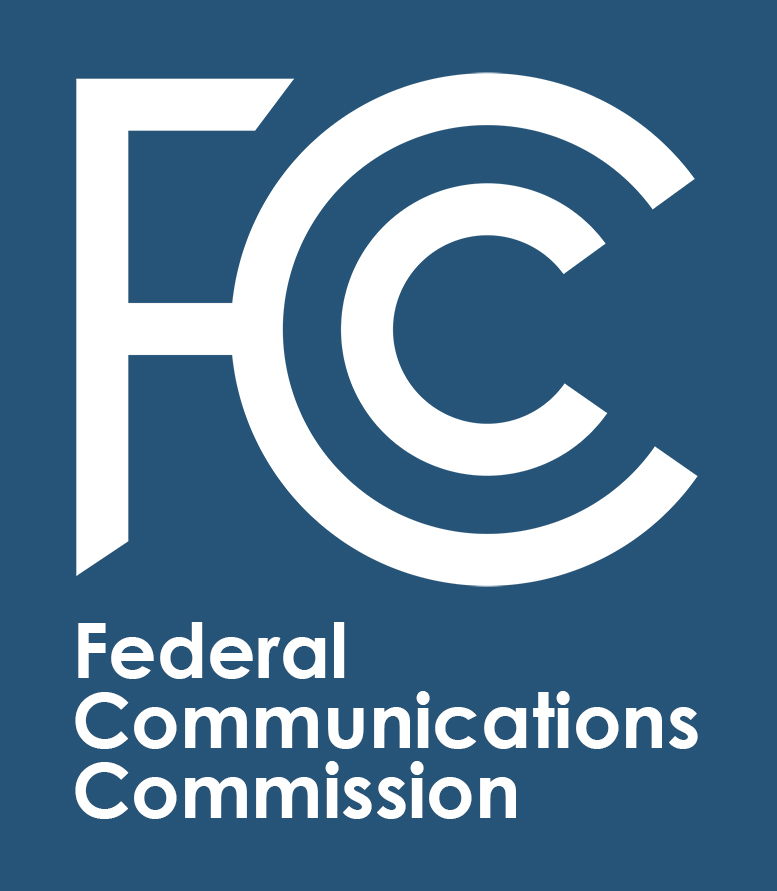
As school leaders, we know you understand the value and importance of school-to-home communications. Whether those communications are via text, phone call, email or social media, they are powerful tools for ensuring a strong school community, involving parents in their child’s learning, alerting parents of changes in the school calendar, or notifying families when there are critical incidents at school, such as weather-related closings, evacuations or lock-downs.
This document provides an overview of the features provided by SchoolMessenger which relate to helping schools improve their TCPA compliance.
Important:
This document
is not intended to, nor does it provide legal advice. School
leaders are urged to consult their legal counsel to best understand their
schools’ risks and options under the law.
The TCPA was created in 1991 and is administered by the Federal Communications Commission (FCC). Updated in 2015, the rules, among other things, prohibit calls made using automatic telephone dialing equipment or a prerecorded message to any telephone number assigned to a cell phone or any service for which the called party is charged for the call without prior express consent, unless the call is for “emergency purposes” as defined by the TCPA.
In the quarter century since the TCPA was enacted, the variety of communications options available to both schools and parents has multiplied. Today, nearly two-thirds (77 percent) of U.S. adults own a smartphone, up from 35 percent in 2011, according to a 2015 study by the Pew Research Center. The same study reported that text messaging is the most widely and frequently used smartphone feature or app.
Note:
The FCC considers
a text message to be a call.
Over the summer of 2015, the FCC issued a Declaratory Ruling and Order (Ruling) related to the TCPA. In the Ruling, the FCC:
· Reiterated that consent is required from the “called party,” who is designated as the consumer (e.g., parent or guardian) assigned to the number dialed and billed for the call or the non-subscriber customary user of a number in a family or business calling plan.
· Reaffirmed that called parties must be able to revoke consent at any time and in any reasonable manner, and that the sender of the message (e.g., school or district) bears the burden of the proof of the consent.
· Repeated that consent is not required for calls for “emergency purposes,” defined as a call “made necessary in any situation affecting the health and safety of consumers.”
For schools using automated notification systems, this means ensuring processes for obtaining consent, managing opt outs, carefully considering what is and is not an emergency under the law, and integrating up-to- date records of consent information with their notification systems.
Jump to the next topic: SchoolMessenger and Consent Management